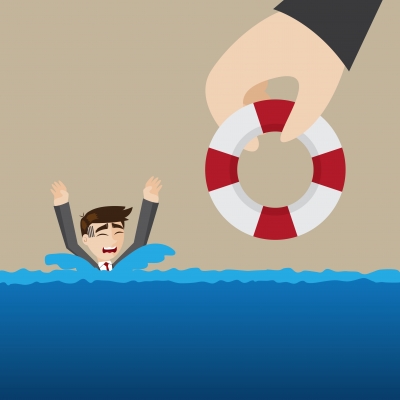Workers Comp Strategies that Will Positively Influence Your Bottom Line
This workers compensation insurance guide offers suggestions about safety in the workplace, return to work strategies, claims management, and medical and legal considerations.
Safety Program Goals
- Investigate near-miss incidents to prevent future accidents. Seventy-five percent of accidents are preceded by a near miss.
- Create a risk control service plan based on your workers’ compensation losses. Pay particular attention to
frequency and severity of claims to craft an appropriate plan. - Justify your risk control expenditures strategically to senior management so you receive the budget you need. Be sure they understand the importance of your company’s safety program and the money it saves in the long run.
- Based on your experience with prior claims, create a workers’ compensation cost allocation program. Budget money by examining what types of claims you’ve had over the past several years and their cost.
- Benchmark your company’s workers’ compensation performance against other comparable companies in your industry. This will help you identify areas to improve upon.

General Safety Procedures
- Protect your employees by minimizing any job hazards. You should always be evaluating every
aspects of your workplace to ensure the safest environment possible. - Prepare emergency announcements, and do test runs of emergency response systems to familiarize employees.
- Choose a practical flooring surface, not just one that looks nice. Often, the best looking floors can be the most dangerous and will be slippery when wet.
- Customize
work spaces to fit each employee’s needs through ergonomic adjustments. By ensuring that an employee’swork space is tailored, you create a safer environment less prone to bodily stress or injury, and thus, less prone to workers’ compensation claims. - Educate your employees on the safest way to lift objects. Squatting with bent knees minimizes the stress to the back, regardless of what is being lifted.
- Create a policy on distracted driving. Motor vehicle accidents account for a large percentage of work-related fatalities. Eating and drinking, cell phone use and music devices are all possible sources of distraction behind the wheel. The use of such devices could also be illegal, as more state and federal agencies crack down on distracted driving. A good policy can help prevent fatalities and limit liability for your company.
- Along the same lines, prohibit texting while driving regardless of whether or not your state specifically prohibits the practice. Texting while driving makes an employee 23 times more likely to have an accident. A federal ban prohibiting
divers of commercial vehicles from texting has also been recently enacted. Create a written policy for both distracted driving and texting while driving, and have all employees sign off on it.


